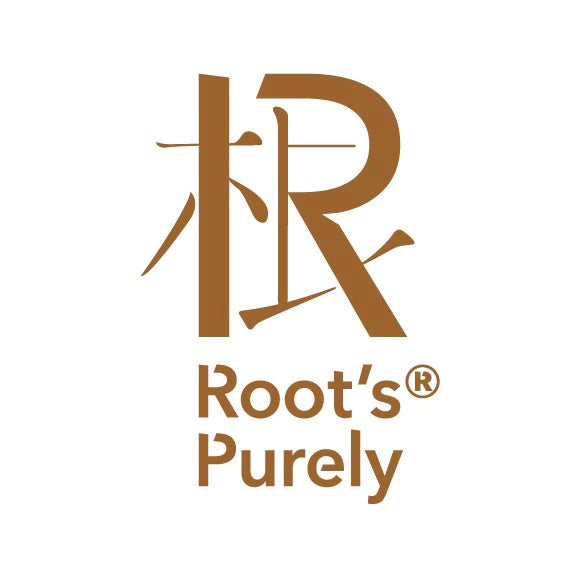Sakuranoen Green Oolong Tea "Flower Fragrance" 15g
Sakuranoen Green Oolong Tea "Flower Fragrance" 15g
Couldn't load pickup availability
A new product has been released by Sakuranoen, a natural farming company in Minamata City, Kumamoto Prefecture.
Semi-fermented green oolong tea "flower scent"
Green oolong tea retains the aroma of the leaves and has a rich flavor similar to green tea.
It tastes like Taiwanese high mountain tea.
Green oolong tea is made from the Benifuuki variety, a black tea and oolong tea that Japan is world-renowned for.
It is grown in Chiran Town, Kagoshima Prefecture, in a field that has been using natural cultivation for seven years (as of 2022).
Black tea is made from fully fermented fresh leaves, whereas oolong tea is only partially fermented.
"Akane," a black tea made from the same tea leaves, has a gorgeous aroma and flavor and won a bronze medal at a tea competition in France.
Kazuya Matsumoto, CEO of Sakuranoen in Minamata, Kumamoto Prefecture

Founded in 1927, Kazuya is the fourth generation owner. The business covers an area of 2.5 hectares.
Of this, 1.9 hectares are cultivated naturally, and the remaining fields are cultivated without pesticides using only plant-based fertilizer (rapeseed pomace).
My great-grandfather was the first person to work on large-scale native species in Minamata.
This is Kazuya's first attempt at growing crops without using pesticides.
After completing his training, Kazuya returned to his hometown and continued to spray pesticides as he was told, but he began to have doubts as to why the insect infestation was not going away even after spraying the pesticide.
Aside from the impact on the environment and people, when you consider the need for water to apply pesticides and the burden of carrying heavy liquids while working, wouldn't it be more efficient to use no pesticides?
I decided to take on the challenge.
Since then, the practice has gradually expanded, and now they have succeeded in cultivating crops without the use of any pesticides whatsoever.


Originally, there were many native tea varieties in Minamata, but they are now in decline.
"I feel a sense of crisis in today's world where people don't have a teapot at home."
That's what Matsumoto said.
Sakuranoen tea is now highly regarded not only in Japan but also overseas.
He handles native varieties, Yabukita, Sayamakaori, and Benifuuki, and while enjoying new possibilities for tea leaves, he works on developing new teas every day. He travels around the country holding tasting events and other events to spread the word about delicious tea.

Varieties
Varieties
Producer
Producer
Producing area
Producing area
Farming method
Farming method
Species Information
Species Information
Maker
Maker
Sakuranoen
Size and Capacity
Size and Capacity
15g
raw materials
raw materials
Fermented tea




